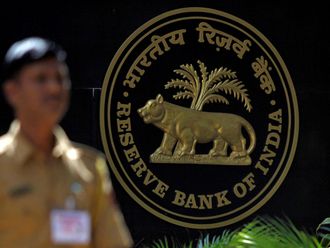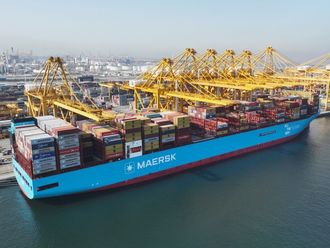London
The BlackRock Inc money managers who correctly predicted this year’s bumper inflows into emerging-market debt are now reining in bullish bets.
Returns from emerging market debt will slow to between 2 and 3 per cent in the rest of the year, according to a note by Pablo Goldberg and Sergio Trigo Paz, who run the emerging market fixed-income team at the world’s biggest fund manager. In the first six months of 2017, dollar debt of developing nations has returned almost 6 per cent.
“We believe the engines that took EM higher during the first half of the year are likely to lose thrust in the second half,” Trigo Paz and Goldberg said in an emailed research note. “We might be slowly entering a period of quantitative tightening that the bond market might have to learn to digest.”
Bonds of developing nations have become a magnet for yield-starved investors this year after the US Federal Reserve signalled it will raise interest rates only gradually and many countries returned to growth. More than $40 billion of new investment has flooded into emerging-market debt funds during 21 straight weeks of inflows, according to Bank of America Merrill Lynch research citing EPFR Global data.
Emerging-market debt should continue to attract inflows as carry remains attractive in a world of yield scarcity, the BlackRock investors said. Developing-nation dollar bonds yield 4.6 per cent on average, about 370 basis points more than an investor can earn on equivalent government bonds in developed countries, according to Bloomberg index data.
Monetary policy divergence between the Federal Reserve and other major central banks will have important implications for emerging market currencies and may bring more volatility, according to Trigo Paz and Goldberg. Hard-currency sovereign or lower-duration corporate debt should be favoured as the US dollar may strengthen.
Switching from index-tracking to active management can “more efficiently” capture opportunities as volatility rises in the second half, the money managers said. More flexibility when choosing between investment grade and high yield in local debt, and close attention to shifts in the US curve, offer the “potential to maximise excess returns for the rest of the year,” they said.












